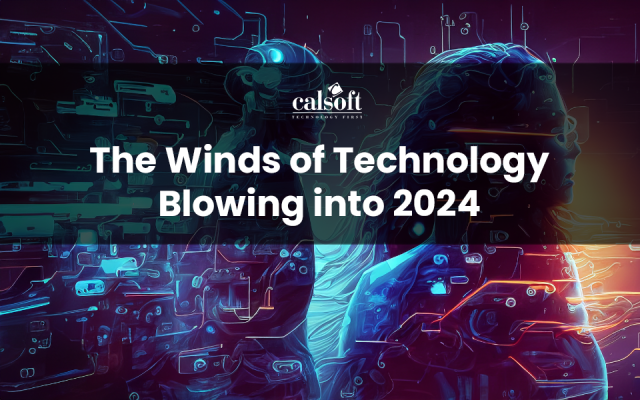2016 saw some key trends emerging in the testing and validation domain. There were several advancements in this field which led to companies embracing agile testing methodologies and various other test automation techniques. I have attempted to capture some of the test automation trends which had an impact on the industry in 2016 and will continue to have an influence in the near future.
Trend # 1
Businesses are increasingly embracing a mobile-first approach. The exponential increase in the use of mobile applications will undeniably drive businesses to focus on functional, performance, compatibility, usability, and security testing. Use of open source technologies, mobile DevOps, and mobile applications will increase to a great extent leading to an expansion of the mobile test automation landscape.
Trend # 2
Configuration management automation is another area which has been grabbing attention from major enterprises. Automation of configuration management helps companies in making software product infrastructure, operations, and associated physical attributes more manageable and testable. It also makes management of different versions of software easy. Chef, Puppet, and Docker are examples of tools which help in achieving configuration management automation.
Trend # 3
One of the biggest challenges in the test automation industry is testing and releasing applications quickly while keeping track of the environment and maintaining it. Virtualization and containerization have helped the industry in isolating their codes for testing. This helped in automating and finding issues quicker, and eliminating chaos.
Trend # 4
With the pace at which the industry is moving towards IoT and automated testing, security is increasingly becoming a primary area of concern for companies. Organizations need an assurance that there will be no data or information loss due to hacking, stealing, or misuse. Thus, I foresee that in the coming years, security will play a major role in the entire test automation landscape.
Trend # 5
Developers have started working with testing teams in a “continuous sync” mode. This process has helped testers call for continuous updates and feedback from developers to understand the quality status of software on a continuous basis. In the near future, automation with continuous integration will definitely play a bigger role in the software testing industry.
The trends above shows a bullish market scenario for the test automation domain in the near future. While enterprises will gain from the advancement in technologies such as DevOps, containerization, and continuous integration; test engineers will find exciting job opportunities in the areas of big data, mobile, and API testing.
[Tweet “Key Test #Automation Trends for 2017 ~ via @CalsoftInc”]






